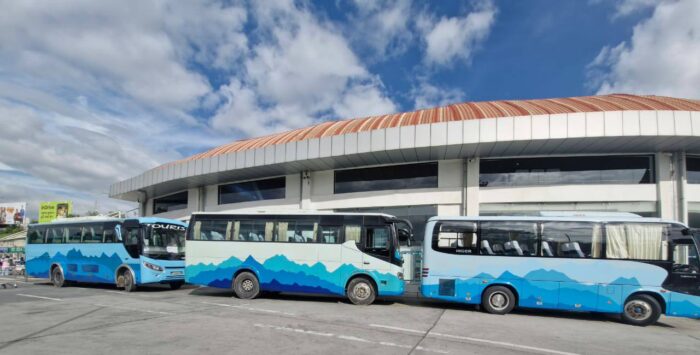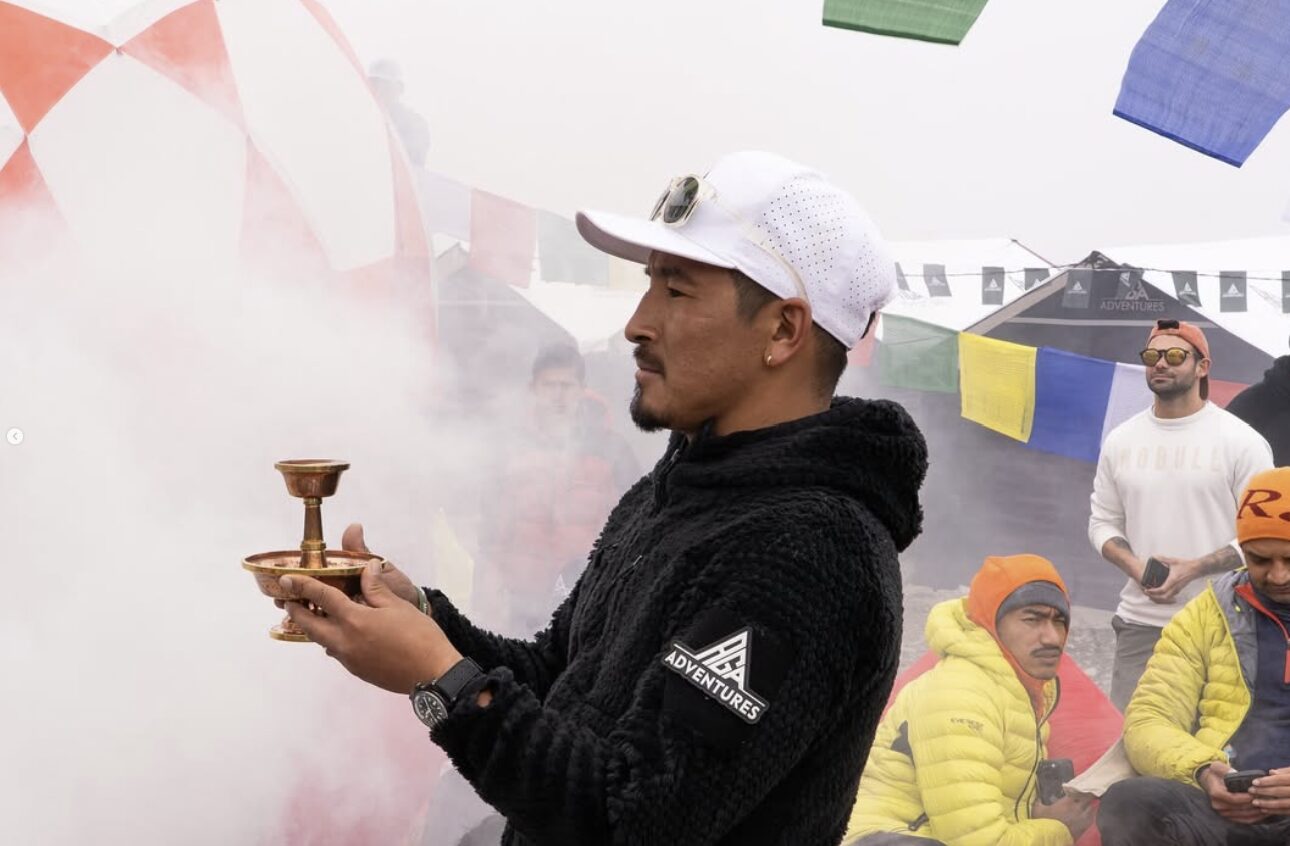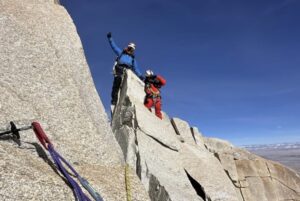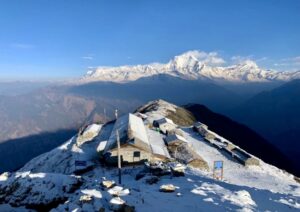Nepal is still in political turmoil, but the army’s control of the streets and roads has brought some measure of calm. Beyond the deep differences, all Nepal’s stakeholders are aiming to keep foreigners and tourists safe. However, travelers need to act cautiously and adapt to the exceptional measures now in place.
Traveling in a troubled country
Nepal’s authorities are taking measures to ensure visitors can move freely across the country, but they ask for caution, especially in Kathmandu and other cities.
Immigration authorities are providing a range of visa options and exit permits for travelers who need to go to the airport while the curfew is in effect. You can read more here.
There are special buses for tourists between the airport and Kathmandu’s center, offered for free by the Nepal Tourism Board.

Kathmandu-Tribhuvan International Airport shuttle buses for tourists. Photo: Nepal Tourism Board
Curfews and permits
Kathmandu and other cities are controlled by the Army, and there are extensive movement restrictions, including a curfew between 7 pm and 6 am, and limitations during the day. For many visitors, the best option is to leave the towns as soon as possible and get into the mountains, where daily life has barely changed.
However, the army has asked operators not to encourage visitors to leave Kathmandu by road until the security situation improves. “Please wait for some time until the Army eases the conditions. Do not plan for any travel by road now,” the army’s notice reads.
The treks to 8,000m base camps are open and apparently safe, and authorities have resumed granting climbing permits for the most popular mountains. Yet those hoping to climb lesser peaks in previously restricted areas may have to wait for another time. The Department of Immigration (DoI) has temporarily stopped verifying applications for climbing permits in these areas. Trekkers and climbers who already hold valid permits may proceed only if local authorities clear their movement, The Tourism Times reported.
Alone on Makalu
Denis Aleksenko and Artem Tsentsevitsky of Russia are heading for Makalu, where there are no commercial expeditions that we are aware of. They will tackle the mountain in full 20th-century style, with no recently fixed ropes, no trail, and no one else around.
The climbers left Kathmandu right before the revolts started, and are now on their way to Base Camp.
Aleksenko and Tsentsevitsky survived a tragic expedition on Dhaulagiri last year. The climbers summited on October 5, without fixing ropes on the upper sections, and started their descent. Five of their climbing partners, who left later from Camp 4, died in an avalanche.
Dhaulagiri on foot
Indian climber Arjun Vajpai posted yesterday from Pokhara, confirming that the army is in control there. However, the comfortable helicopter airlift to Dhaulagiri Base Camp may not be easy to arrange, and the climbers might need to get there on foot.
“No helicopters are flying to Dhaulagiri, so now we are planning our trekking routes to Base Camp,” Vajpai wrote.
Manaslu
Some teams are already in Base Camp, including 14 Peaks Expedition and AGA Adventures, and the trail to Camp 1 is ready for them. The teams are celebrating their puja ceremonies before venturing onto the mountain. Climbers have shown helicopters landing in Base Camp, but we cannot confirm the frequency of these flights.
Carlos Soria, who has been acclimatizing in the Khumbu Valley, hoped to fly to Kathmandu today, if the unstable weather (and general situation in the capital) permits it. Soria will attempt Manaslu at 86 years old.
At least two other commercial expeditions are trekking in Nepal to acclimatize before crossing to Tibet and climbing Cho Oyu. A Furtenbach Adventures’ team, led by Dave Watson, is trekking in Langtang, while a Madison Mountaineering team is in the Khumbu.
“Our tourist-designated vehicle was allowed to travel through the roadblocks despite the curfew,” Garrett Madison wrote. The team will only return to Kathmandu and travel to Tibet once the authorities in China issue their visas and permits.






